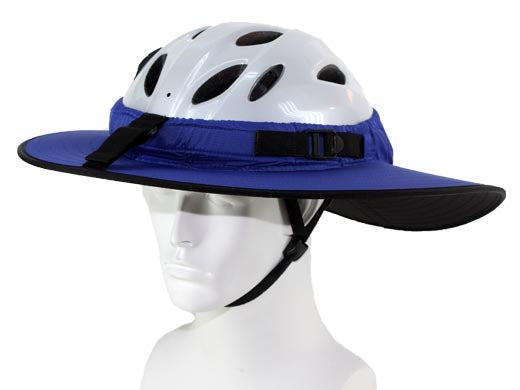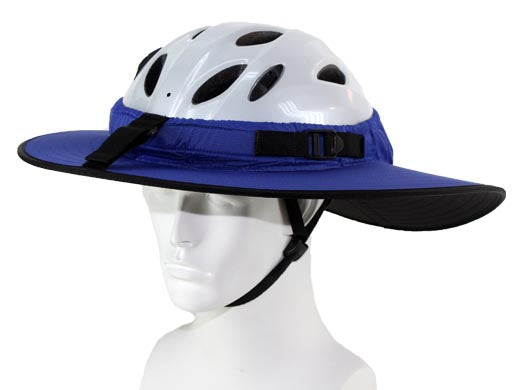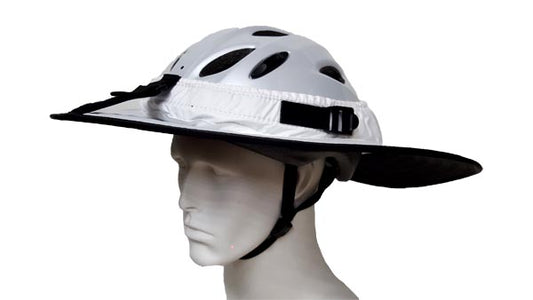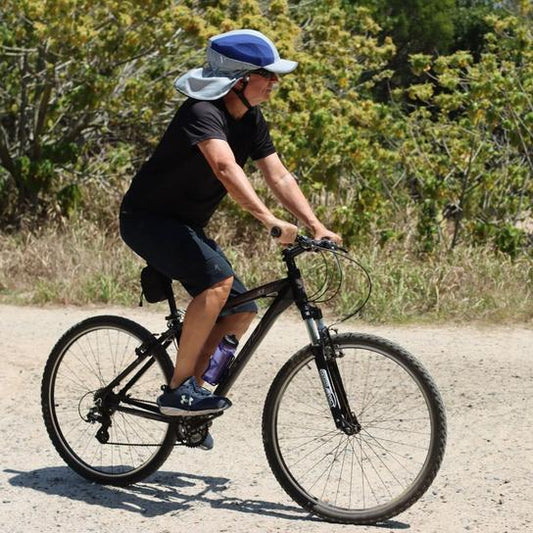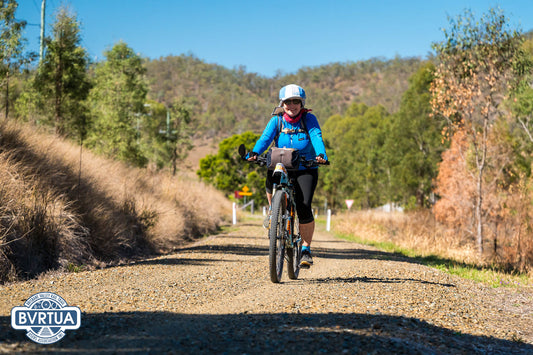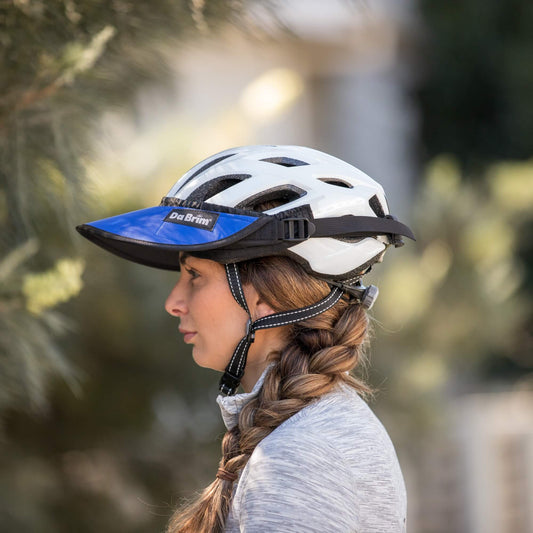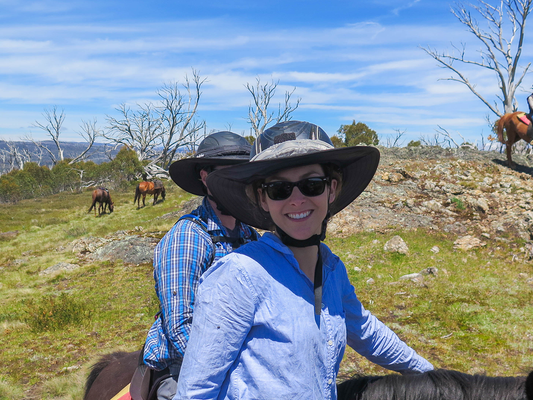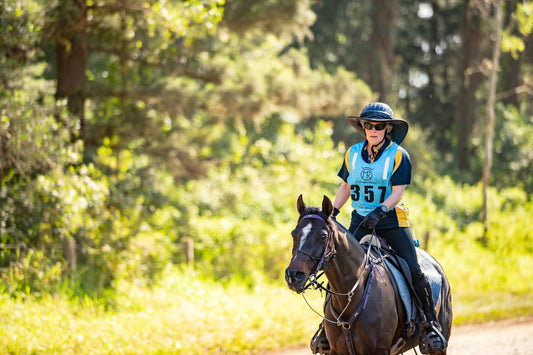Exploring Australia’s vast network of rail trails is a truly rewarding experience. Whether you’re riding through coastal landscapes, weaving through historic towns, or pedalling across breathtaking inland stretches, the country offers rail trails for cyclists of all abilities. However, no ride is without its challenges, and two of the most infamous obstacles on Australian trails are the harsh sun and territorial magpies. In this article, we’ll discuss how to stay protected from these two threats and ensure your adventure on the rail trails is as enjoyable and safe as possible.
Why Ride the Australian Rail Trails?
Rail trails in Australia have become a popular escape for cyclists, hikers, and nature lovers alike. These paths, which follow disused railway lines, offer a unique way to experience some of Australia’s most scenic areas while being immersed in the local flora and fauna. From the iconic Murray to Mountains Rail Trail in Victoria to Queensland’s Brisbane Valley Rail Trail, each trail provides a blend of natural beauty, history, and recreational opportunities.
Not only do rail trails offer an eco-friendly way to explore, but they also offer great flexibility in terms of difficulty and length. Families can enjoy short, flat rides, while more seasoned cyclists may opt for the longer and steeper routes. Additionally, many trails pass through small towns, offering riders the chance to stop for a coffee or visit local attractions along the way.
However, when planning a rail trail ride, it’s essential to consider the elements. The Australian sun can be unforgiving, and during magpie breeding season, these territorial birds can pose a significant risk. Let’s explore how to keep yourself protected on your next rail trail adventure.
Battling the Australian Sun
Australia’s sun is known for being harsh, with high UV levels posing a real threat, even on overcast days. Without proper protection, cyclists risk sunburn, heatstroke, and long-term skin damage, making it essential to be prepared.
1. Sunscreen and SPF Clothing
First and foremost, applying a high-quality sunscreen with a broad-spectrum SPF of 30 or higher is crucial. Ensure you cover all exposed skin, including your neck, face, ears, and the back of your hands. Reapply every two hours, especially if you’re sweating.
In addition to sunscreen, wearing SPF-rated clothing can provide added protection. Many outdoor brands now offer lightweight, breathable gear designed specifically for sun protection. A long-sleeved shirt, paired with a wide-brimmed hat or cap with a neck flap, will significantly reduce sun exposure.
2. Sunglasses with UV Protection
Cycling under the intense Australian sun means your eyes are also at risk of UV damage. A good pair of sunglasses with UV protection can prevent long-term harm to your vision. Look for wrap-around styles to block out as much sunlight as possible and ensure a comfortable fit under your helmet.
3. Hydration
The combination of exercise and high temperatures can quickly lead to dehydration. Carry plenty of water with you, either in a hydration pack or water bottles mounted to your bike frame. Electrolyte drinks can also help replenish the salts lost through sweat, keeping you energised and reducing the risk of heat-related illnesses.
Many rail trails have designated rest areas or small towns where you can refill your water supply. Plan your ride accordingly to ensure you always have access to fresh water, especially on longer rides in remote areas.
4. Timing Your Ride
One of the best ways to avoid the harshest rays is by timing your ride to avoid peak sun hours. Try to start early in the morning or later in the afternoon to minimise exposure during the midday heat. Not only will this help protect you from UV radiation, but it will also make your ride more comfortable.
For those riding in the middle of the day, make use of shaded areas along the trail to take breaks and cool down. Trails that run through forests or alongside rivers often provide natural shelter from the sun, giving riders a chance to rest and recuperate.
Dealing with Magpies
Magpies are a familiar sight for anyone who’s spent time outdoors in Australia, and during breeding season (typically between August and November), these birds become highly territorial. Known for their aggressive swooping, magpies defend their nests from perceived threats, including cyclists, with surprising ferocity. While not every magpie will swoop, it’s best to be prepared, particularly when cycling through areas known for magpie activity.
1. Helmets and Eye Protection
Wearing a helmet is non-negotiable when cycling, and it becomes even more critical when riding through magpie territory. While magpies generally target the highest part of your body (which is your helmet), adding a bit of extra protection can help deter them. Many cyclists attach zip ties to their helmets, creating a spiky surface that discourages birds from swooping too closely.
In addition to a helmet, consider wearing sunglasses or safety glasses to protect your eyes. Magpies have been known to aim for the eyes, so having a barrier in place is essential.
2. Stick to Open Areas
Magpies prefer nesting in trees and tall shrubs, so they’re more likely to swoop in wooded areas or near parks. If possible, stick to open areas where magpies are less likely to feel threatened. Wide, open sections of the rail trails are generally safer from swooping birds, allowing you to ride without worrying about sudden attacks.
3. Ride in Groups
Magpies are more likely to target solo cyclists than those riding in a group. If you’re able, join a group ride or stick close to other riders during magpie season. The birds are less likely to swoop when faced with multiple people, as they perceive groups as a lower threat.
If you’re planning a solo ride, consider wearing brightly coloured clothing or using flags attached to your bike to make yourself more visible. Some cyclists even report success with placing images of large eyes on their helmets, which may help to deter swooping.
4. Keep Calm and Pedal On
When confronted by a swooping magpie, the best approach is to stay calm and continue riding at a steady pace. Sudden movements or attempts to flee can provoke the bird further, leading to more aggressive swooping. Keep your head down and your eyes on the trail, and the magpie will likely lose interest once you’ve passed through its territory.
It’s important to remember that magpies are protected under Australian law, and harming them is illegal. If you encounter particularly aggressive birds, report the location to local authorities, who may be able to provide assistance or put up warning signs for other riders.
Planning Your Rail Trail Adventure
Now that you’re equipped with the knowledge to stay protected from both the sun and magpies, it’s time to start planning your rail trail adventure. With so many trails to choose from, you’ll want to consider a few key factors to ensure you pick the right one for your skill level and interests.
1. Trail Difficulty and Length
Rail trails vary in length and difficulty, from short, flat rides perfect for beginners to challenging, multi-day adventures that require a higher level of fitness. The Murray to Mountains Rail Trail in Victoria, for example, is known for its gentle gradient and scenic views, making it ideal for families and casual cyclists. Meanwhile, the Brisbane Valley Rail Trail, stretching 161 km through Queensland, offers a more rugged experience for those looking for a challenge.
Before setting out, research the trail you’re interested in and assess whether it’s suitable for your experience level. Many trails have detailed maps available online, showing elevation changes, distance markers, and rest stops.
2. Weather Conditions
Australia’s climate varies greatly depending on the region, so it’s important to check the weather forecast before heading out. Coastal trails, like the Great Victorian Rail Trail, can be more temperate, while inland routes, such as the Rail Trail of the High Country, may experience extreme heat or sudden changes in weather. Pack accordingly and always be prepared for unexpected weather shifts.
3. Gear and Equipment
A well-maintained bike is essential for any rail trail ride. Make sure your bike is suited to the terrain of your chosen trail—hybrid or mountain bikes are often the best options for rail trails, as they can handle the occasional rough surface.
In addition to a reliable bike, pack the necessary gear for your journey. A good quality helmet, sun protection, and magpie deterrents are essential, as discussed earlier. Don’t forget to bring a puncture repair kit, a spare inner tube, and a multi-tool for any on-the-go repairs.
4. Accommodation and Services
If you’re planning a multi-day ride, you’ll need to consider accommodation options along the trail. Many rail trails pass through small towns that offer a range of accommodation, from campgrounds to bed-and-breakfasts. The Murray to Mountains Rail Trail, for example, connects the towns of Wangaratta, Beechworth, and Bright, each of which offers various lodging options and services.
Some trails also have bike-friendly cafes and repair shops along the way, so it’s worth researching these before your ride. Stopping for a break at a local cafe can be a great way to support regional businesses and refuel for the next leg of your journey.
Final Thoughts
Riding the Australian rail trails is a unique and fulfilling way to explore the country’s diverse landscapes. However, with the sun and magpies posing potential risks, it’s crucial to be well-prepared. By following the advice in this guide, you can protect yourself from both the elements and aggressive birds, ensuring your ride is both safe and enjoyable.
So, grab your sunscreen, secure your helmet, and get ready for the adventure of a lifetime. Australia’s rail trails are waiting to be explored—just remember to stay sun-smart and watch out for those swooping magpies!
